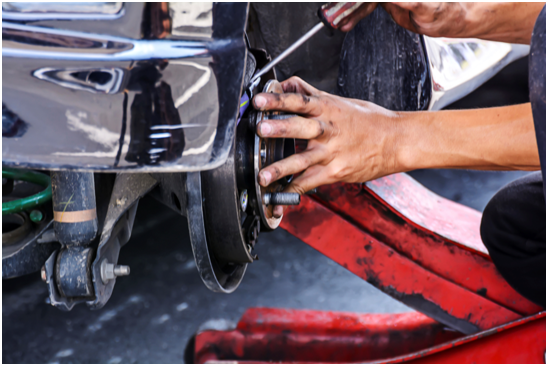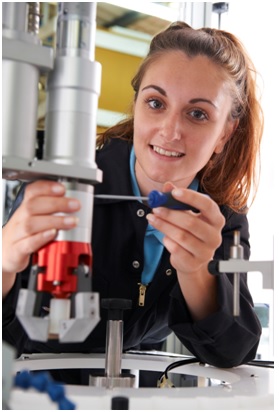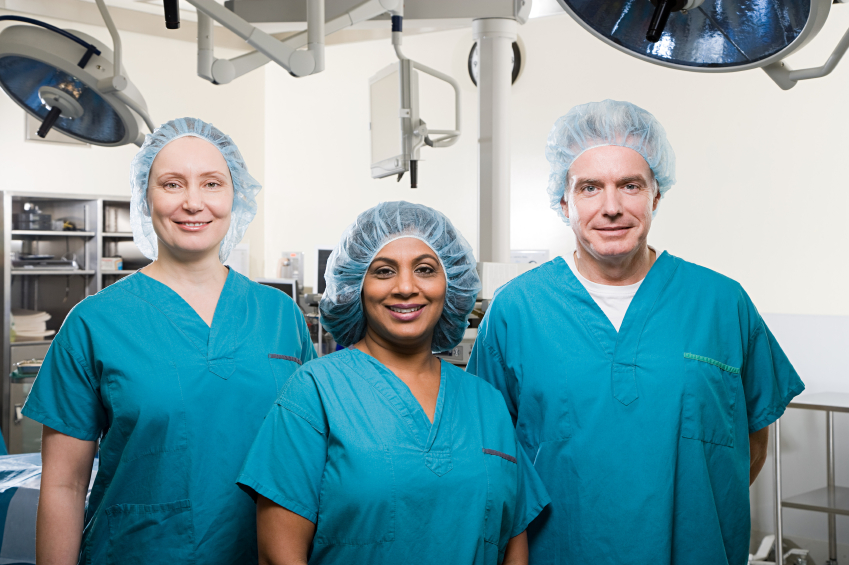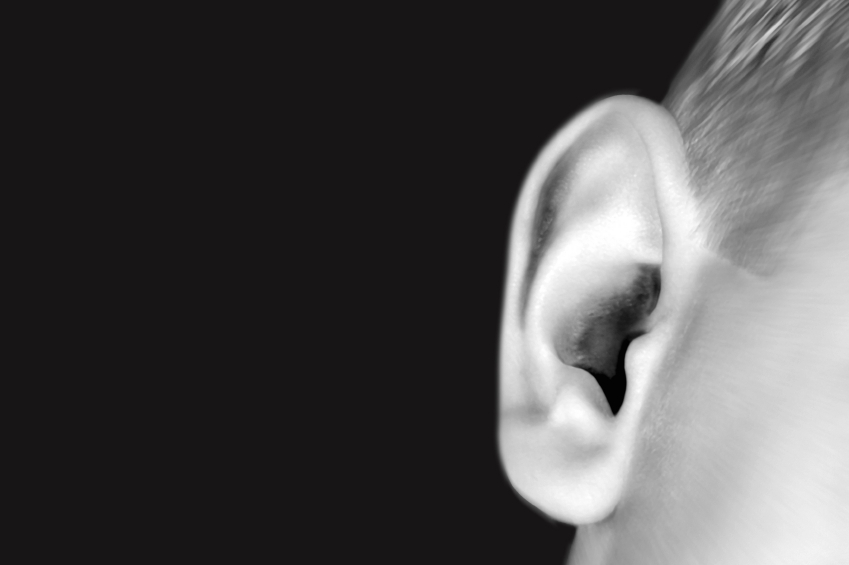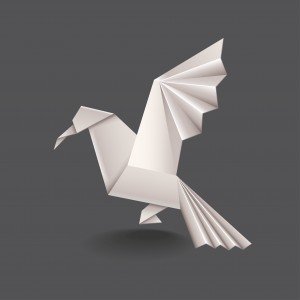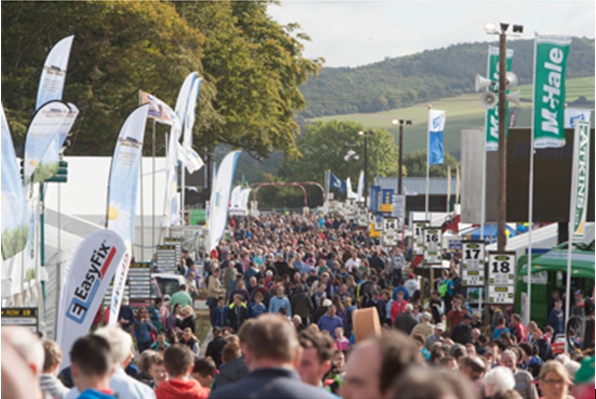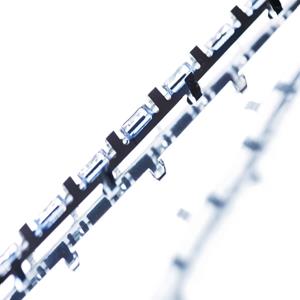Here at European Springs Ireland, we love hearing about young people getting into engineering. After all, we do need the next generation to take up the torch and continue to produce some of the most integral engineering processes in the world –even our very own clock springs!
You can imagine how delighted we were when we came across the news that more people in the UK would encourage young people to become an engineer than be a doctor, accountant or a banker.
Although all these positions are integral in our society, we can’t help but be a little bit elated that engineering topped the list!
An Encouraging Outcome
These exciting results have been released as a result of a poll carried out by the Institution of Mechanical Engineers, who asked a cross section of 1000 UK residents what career choices they would encourage young people to get into. They were given a choice between four options and were asked to choose the career that they would be most likely to encourage.
Of those 1000 people, 86% said that they would encourage a young person to become an engineer, with doctor coming in a close second at 80%.
The engineering industry has had so much pressure on it over the past few years to encourage more young people to join the sector, so these results are incredibly encouraging and it’s great to see that the general public are realising the importance of the future of engineering.
New Research Predicted
This poll was conducted ahead of new research which is being undertaken by the Institute looking at how more people can be encouraged to pursue STEM careers.
The research, named Big Ideas in Engineering Education, aims to determine what exactly needs to be done in the education system to make engineering a more popular career choice amongst young people, and more importantly a balance between boys and girls when it comes to fostering the interest.
Peter Finegold is the head of education and skills at the Institute and has commented on the results of the poll, as well as discussing how the education system needs to encourage more interest in STEM careers.
“The results of this poll are both encouraging and surprising.We face a shortfall of 30,000 qualified engineers every year coming through our education system.This result suggests however that basic demand is there and that the public already has some understanding of the extraordinarily diverse and valuable careers available in engineering.”
“Much more needs to be done to ensure we get the growth in UK engineers this country needs, through better careers advice, establishing better links between schools and local employers, and a fundamental rethink in the education system to boost Science Engineering Technology and Maths (STEM) education in schools.”
We couldn’t agree more, and we can’t wait to see how the education system responds to this demand for more focus on STEM subjects and careers!
Engineering is a huge part of our process here at European Springs Ireland, and it is what allows us to make some of the best quality spring products available. If you would like to take advantage of our fantastic engineering experience, don’t hesitate to contact us and have a chat with our expert team today. Call us on 028 9083 8605 and a member of our team will be happy to help or hope on over to our Facebook, Twitter and Google+ pages to keep in the loop with all our latest news and updates!

